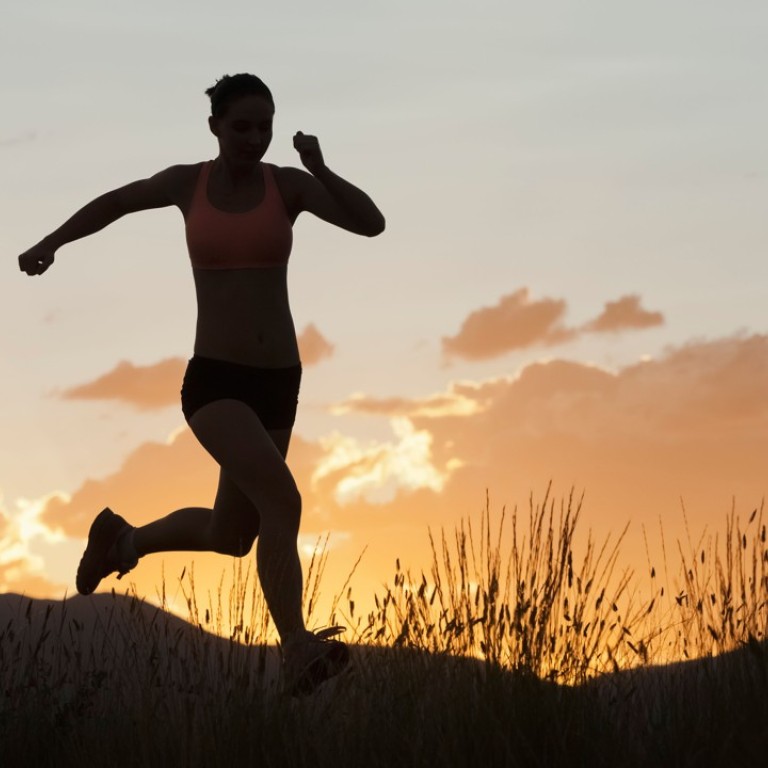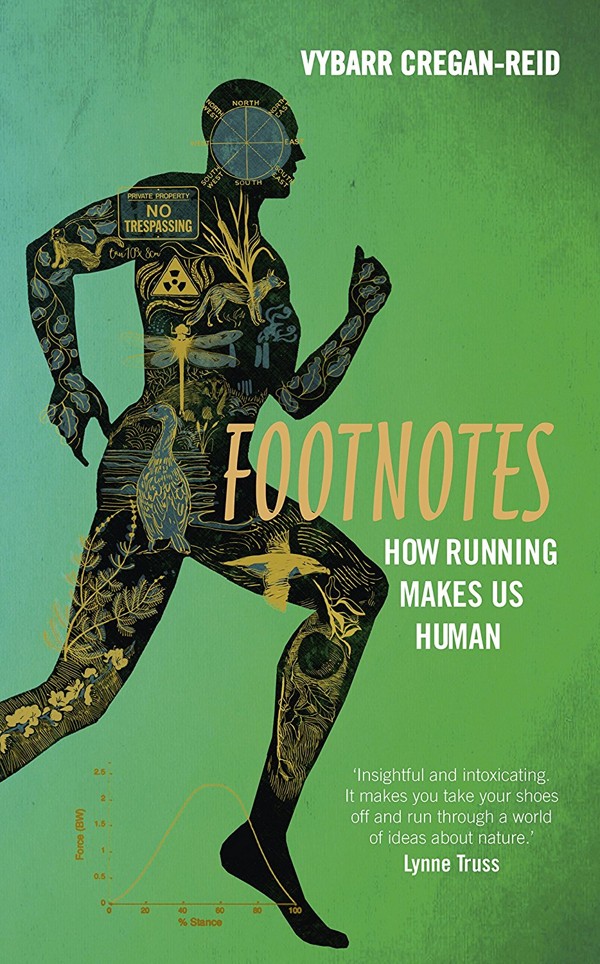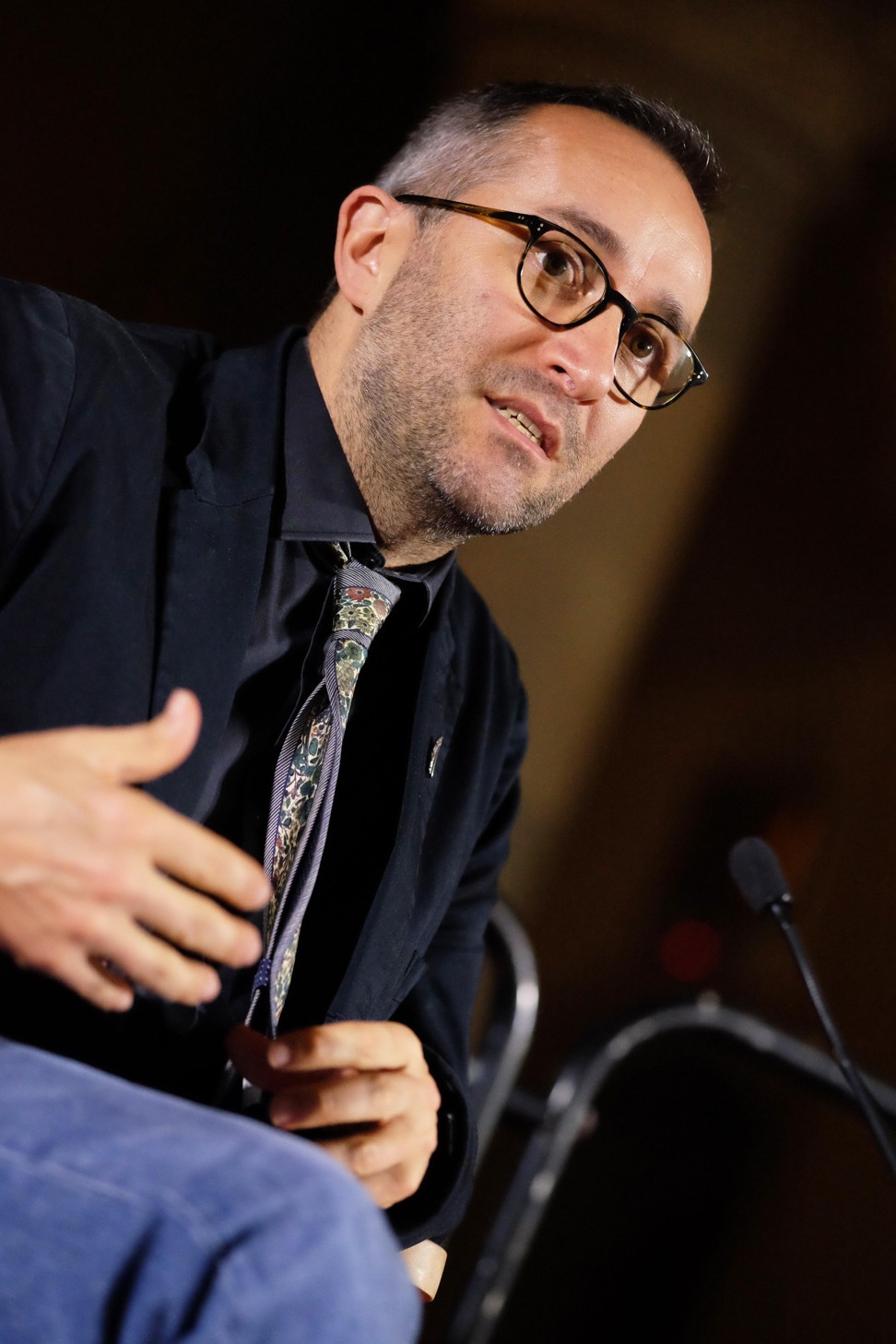
Born to run: how running makes us human, and why it’s an urge that’s built into us all
Author – an academic and runner - draws the connections between soles and souls in a book that veers between health, philosophy, literature and science, sometimes on the same page

What makes us human? A big question, but for Vybarr Cregan-Reid, the answer is not just in our minds or souls but also in our feet.
Cregan-Reid’s new book, Footnotes: How Running Makes Us Human, reframes running not as sport but as a vital part of the human experience. Sound cheesy? It would be – if it didn’t also make pounding the pavement so appealing.
The author, a nephew of champion Irish marathoner Jim Hogan, travelled the world in search of the reason people run. Simple enough. The result, however, is anything but. The book is a densely layered memoir/manifesto/meditation on what happens when people move their feet, an activity that, Cregan-Reid argues, is literally built into our bodies.
Cregan-Reid veers from Romantic poets to the biology of the places he runs to the biomechanics that let the human body sprint or slog – sometimes on the same page. Literature, philosophy, health and science share each chapter, along with accounts of his runs in such places as Paris and Boston.

He’s a devoted runner and an academic, and it shows. Who else could connect Rousseau, the history of crime and punishment, and clinical studies about treadmills? (Cregan-Reid loathes those machines, by the way, calling them the equivalent of exercise junk food. “If you want to rescue some of your life from oblivion, stay off the treadmill,” he warns.)
But the connections he draws between our bodies and souls – from the tricky relationship between psychological pleasure and physical exertion to the pictures our sensory systems paint during a run – are accessible and thought-provoking.
You may put Footnotes down to contemplate, for example, whether and how the human body will one day evolve to support a sedentary lifestyle instead of an active one. (Cregan-Reid brings in neuroscience, evolutionary biology and poetry to delve into that question.) But you’re just as likely to opt for a run instead – and after 331 pages of inspiration and inquiry, your jog could come to mean much more than the pounding pursuit of fitness.
The Washington Post
